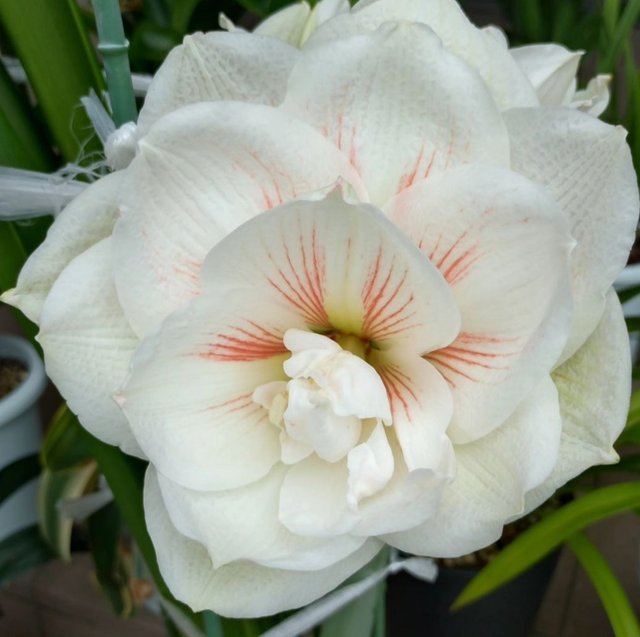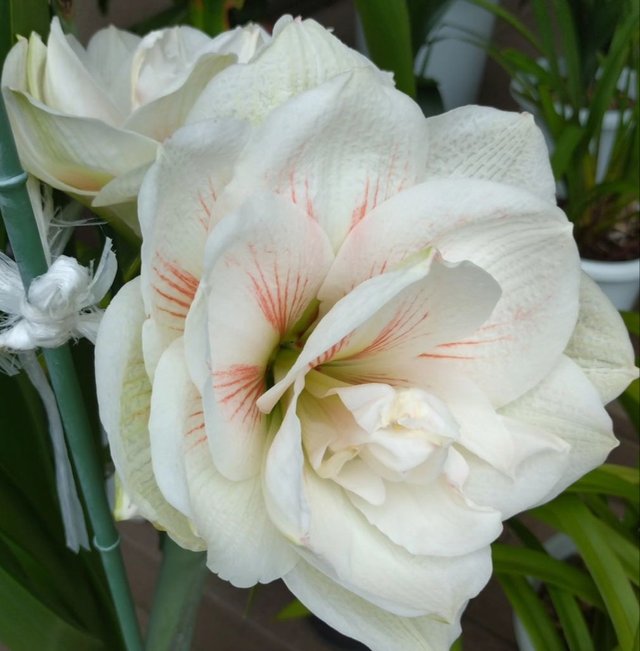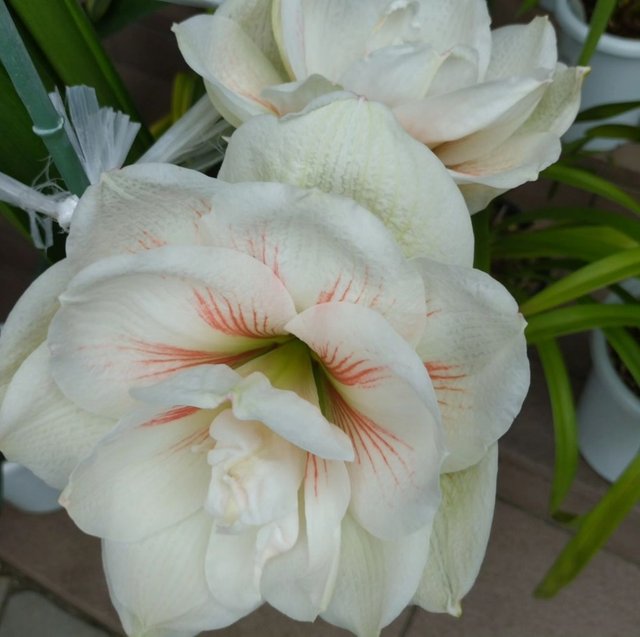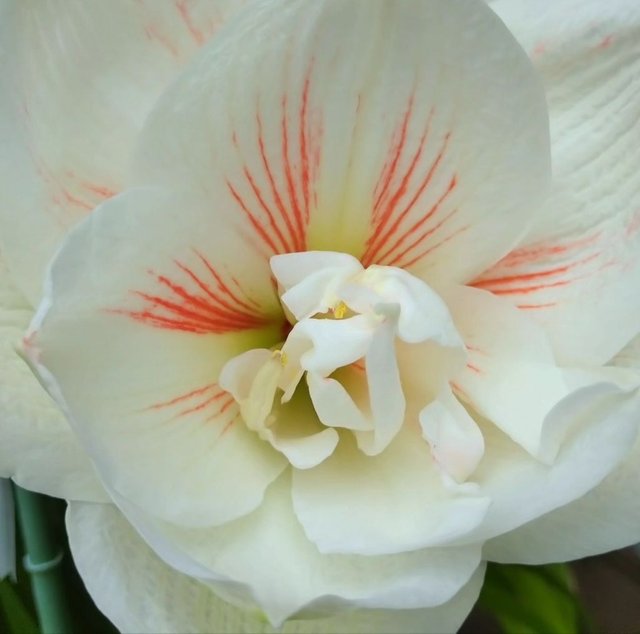Amaryllis Flower So Amazing
The Amaryllis is a captivating and strikingly beautiful flower, often associated with holiday festivities and admired for its large, vibrant blooms. This perennial plant, known for its dramatic and colorful flowers, has a rich history and a range of cultivars that make it a favorite among gardeners and flower enthusiasts alike. Let’s delve into the intricate details of the Amaryllis, exploring its origins, characteristics, care requirements, and its cultural significance.
Origins and Classification
The name "Amaryllis" is derived from the Greek word "amarysso," which means "to sparkle," a fitting description for its dazzling flowers. Botanically, Amaryllis belongs to the family Amaryllidaceae. The genus Hippeastrum, commonly referred to as Amaryllis in the horticultural trade, encompasses about 90 species and over 600 hybrids and cultivars. True Amaryllis, or Amaryllis belladonna, is native to South Africa, but the Hippeastrum species, widely cultivated as Amaryllis, hail from the tropical and subtropical regions of the Americas, particularly from Brazil to Peru.
Physical Characteristics
Amaryllis plants are known for their bulbous nature, with each bulb capable of producing one or more tall, sturdy stalks. These stalks, which can reach heights of 18 to 36 inches, are topped with clusters of large, trumpet-shaped flowers. The blooms, typically 4 to 10 inches in diameter, come in a variety of colors including red, pink, white, orange, and bi-colored patterns. The leaves of the Amaryllis are long, strap-like, and appear either before, during, or after the blooming period, depending on the species and growing conditions.
Growth and Care
Growing Amaryllis is relatively straightforward, making it a popular choice for both indoor and outdoor gardening. Here are some key points on how to care for Amaryllis:
Planting: Amaryllis bulbs should be planted in well-draining soil, with the top third of the bulb exposed above the soil surface. This ensures proper air circulation and prevents rot.
Light: These plants thrive in bright, indirect light. When grown indoors, placing them near a south-facing window is ideal. Outdoors, they prefer a sunny to partially shaded location.




Thanks For Reading
Device Information
| Device | Redmi Note 10 Pro |
|---|---|
| Lens | 64 mp |
| Location | Bangladesh |
